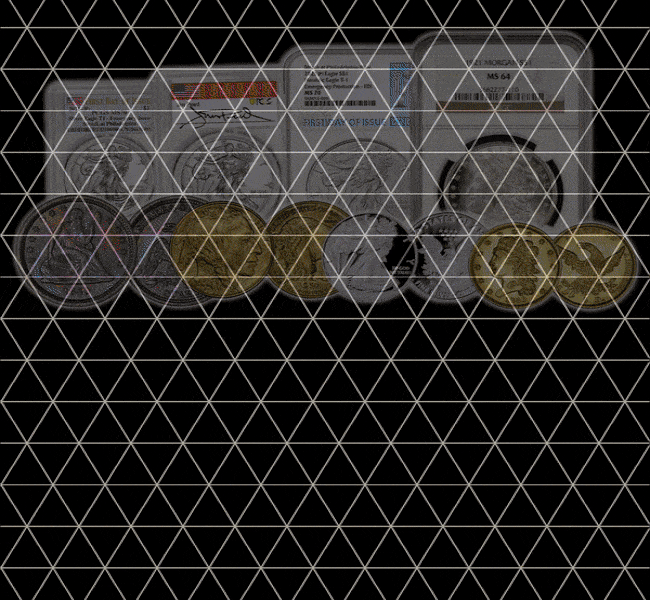By Joshua McMorrow-Hernandez for PCGS ……
The name Percy Metcalfe might not ring a bell to many US collectors, but you may be familiar with his designs on 20th-century Irish coinage. The English artist and designer was born in Wakefield, England, United Kingdom, on January 14, 1895, and began attending the Leeds School of Art in 1910 as a general artist before venturing into sculpting at the Royal College of Art in London.
In his mid-30s, he made his numismatic mark when he contributed an array of designs for Irish Free State money in 1928. These Irish coin designs included a common obverse inspired by the Trinity College harp and eight animal-themed reverses for the various coinage denominations, including a woodcock for the farthing, a pig on the half penny, a hen for the penny, a hare on the three pence, a wolfhound gracing the five pence, a bull for the shilling, a salmon on the florin, and a horse on the half crown.
Metcalfe’s designs debuted during a period when Ireland was still a rather isolated self-governing nation of the British Empire operating under “dominion” status. That changed in 1937 upon the adoption of a new constitution and when the Irish Free State officially became known as Ireland, and – in the wake of the Republic of Ireland Act of 1948 – was declared a republic in 1949. These sociopolitical changes in the Irish nation were reflected on its coinage, which retained Metcalfe’s vintage 1920s designs but adopted new inscriptions, including the obverse legend “EIRE”, replacing the previous “SAORSTAT EIREANN”, both being forms of the nation’s name in the Irish language of Gaelic.
A celebrated artist by every measure, Metcalfe went on to design other coins, including the King George V obverse on the 1935 Canada Dollar, a crowned King George VI design seen on many coins of the British realm, and various coins for Egypt and Iraq.
Dying in 1970 at the age of 75, Metcalfe is known well beyond numismatics. He designed a variety of automotive hood ornaments and created designs seen on the line of Ashtead Pottery that was made in England during the 1920s and ‘30s. Several of his Irish coinage designs were carried onto the decimal coinage that debuted in 1971 and ran until Ireland’s adoption of the euro in 2002. Even still, Metcalfe’s numismatic legacy continued well into the 21st century, when in 2010 the Central Bank of Ireland brought slightly modified versions of his salmon and horse designs to use on certain Irish euro coins.
* * *

“… a wolfhound gracing the five pence”
Shouldn’t that be SIX pence?
Sources that I’ve checked indicate five-penny coins were only issued during the decimal interval between £/s/d and euro coinage.